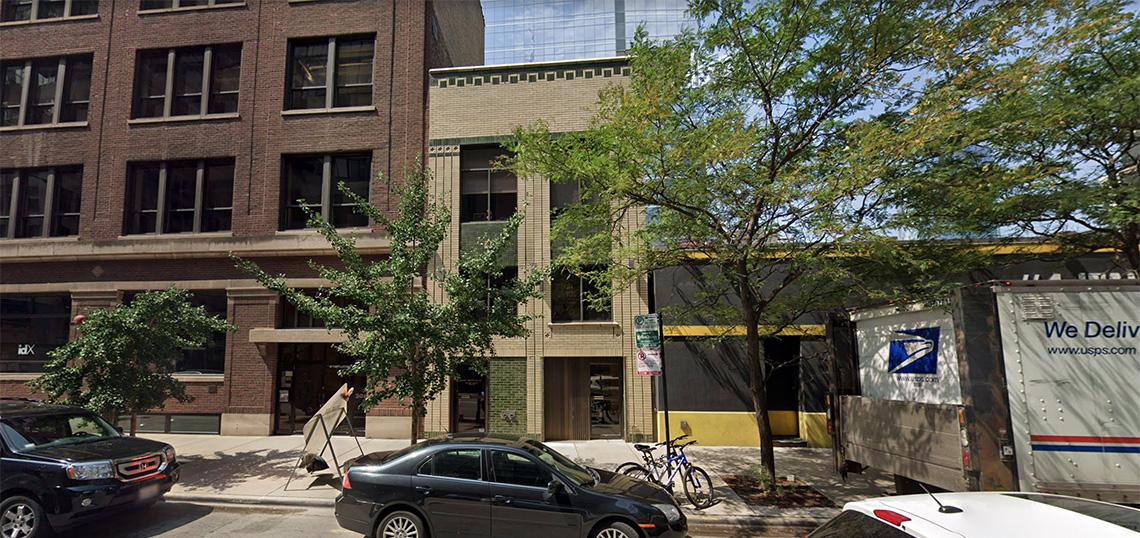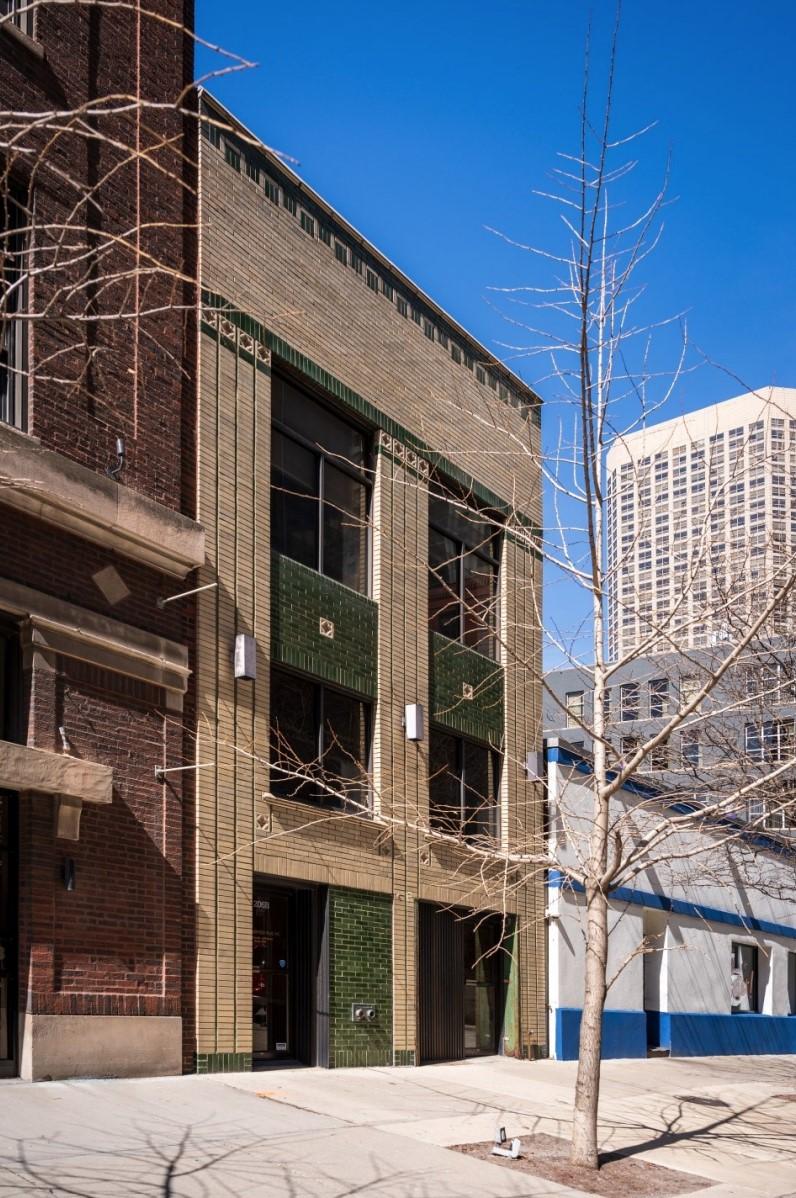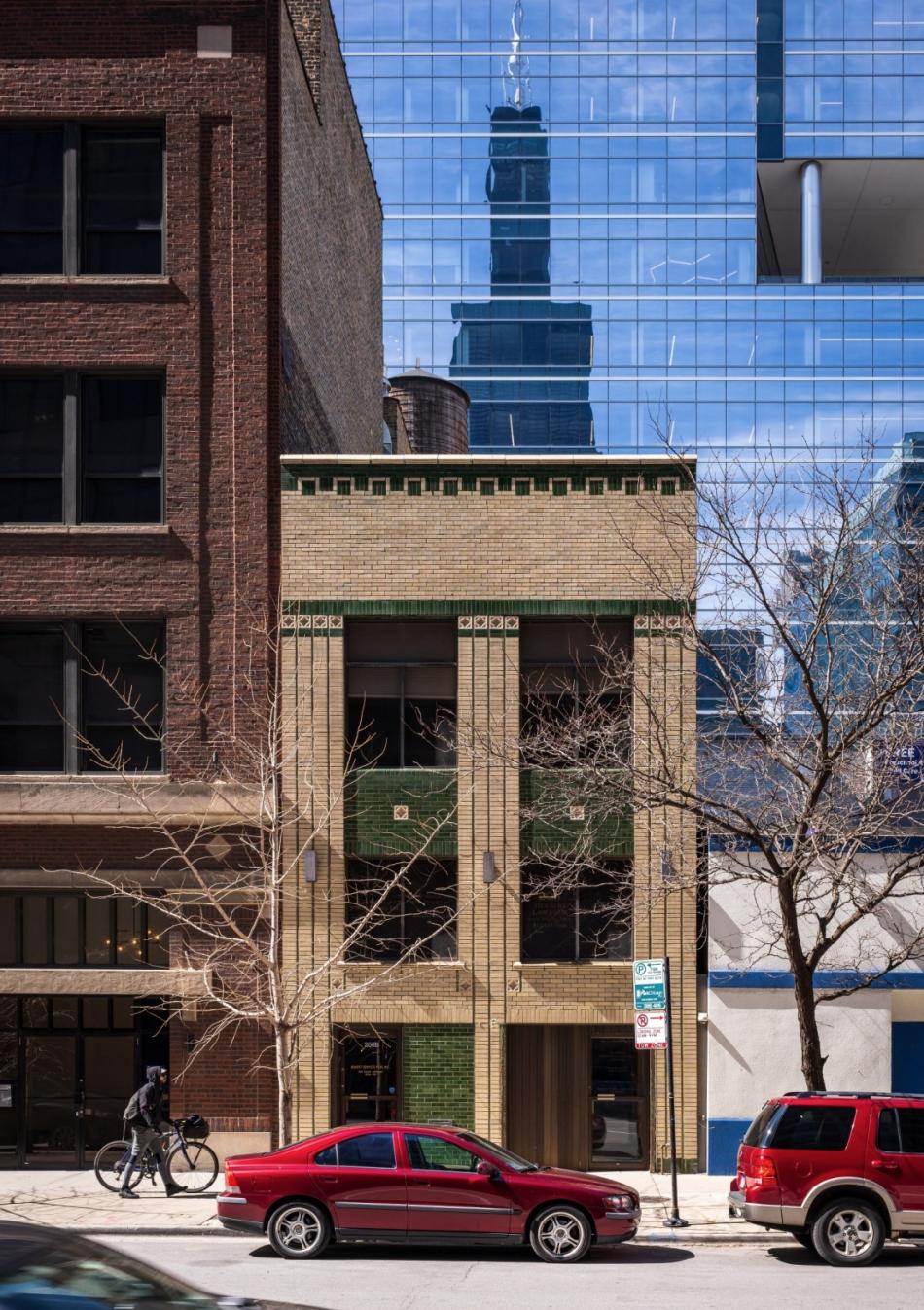The Chicago City Council has officially designated The Warehouse as a Chicago Landmark. Located at 206 S. Jefferson, the building, built in 1910, was home to a local dance club that became the birthplace of House music.
According to a landmarks staff report, the building meets Criterion 1 for its value as an example of architectural, cultural, economic, historic, or social heritage. As the home of The Warehouse from 1977 to 1982, the dance club was the birthplace of house, a genre of dance music characterized by a driving beat, emotive lyrics and lush orchestration drawn from a number of genres including disco, R&B, gospel and techno. The Warehouse is also culturally significant to Chicago’s LGBTQ, Black and Latino community as the first supporters of house music at The Warehouse and who found a sense of community, self-expression and hope in The Warehouse’s revolutionary music. Over time, The Warehouse became popular with a broad range of Chicago club goers, and it was one of the first venues that broke down the barriers between gay and straight club scenes.
Meeting Criterion 3 for its identification with a significant person, The Warehouse is significant for its association with DJ Frankie Knuckles, influential American DJ, record producer, and remix artist, who significantly contributed to the music culture of the City of Chicago and the United States as the “Godfather of house music.” DJ Frankie Knuckles, one of Chicago’s cultural pioneers, created house by transforming existing songs by extending, combining and overlapping them to create completely new experiences of music. Knuckles also used analog and digital technologies to alter songs to make them more up-tempo and danceable.
The building also meets the Integrity Criterion as the design and materials of the building are intact from The Warehouse’s tenure between 1977 and 1982. The neighborhood context is somewhat altered by new construction, but many industrial loft buildings from the period of The Warehouse survive. The significant features of the building will be designated as all exterior elevations, including rooflines.
With the landmark designation approved, the building is officially saved from demolition. The current owners have expressed their intent to keep the building as an office building, with it currently occupied by a few office tenants.










